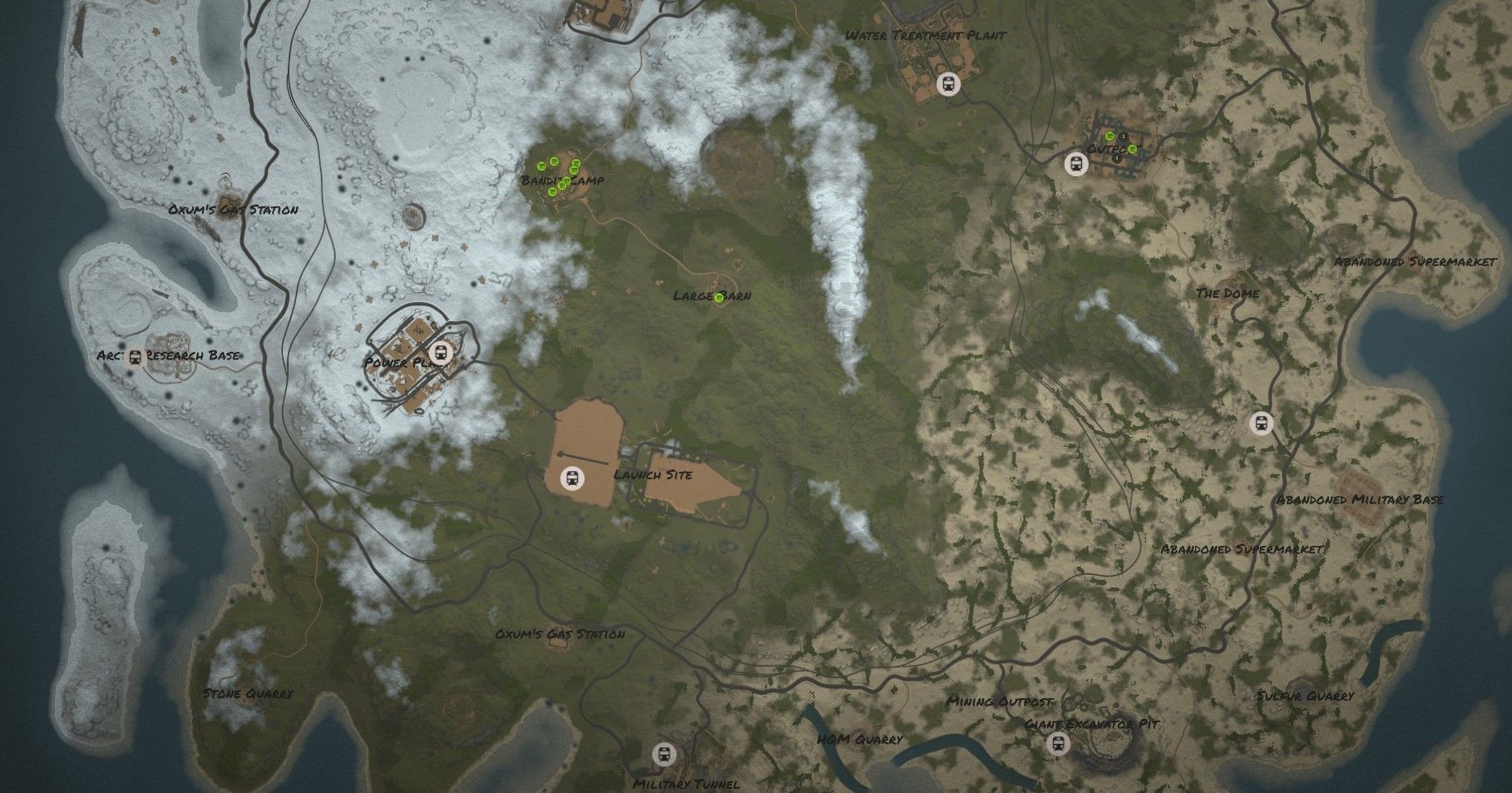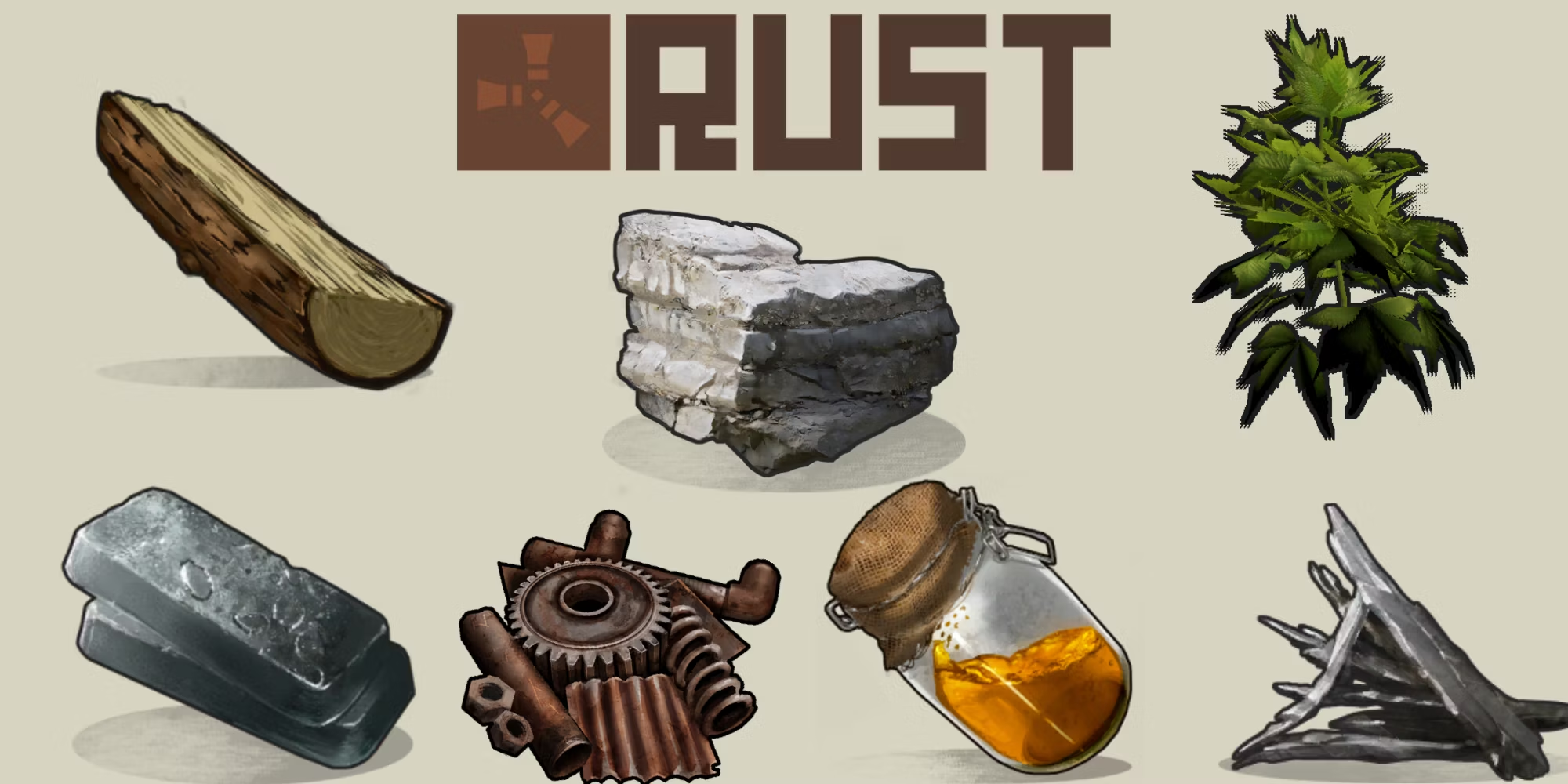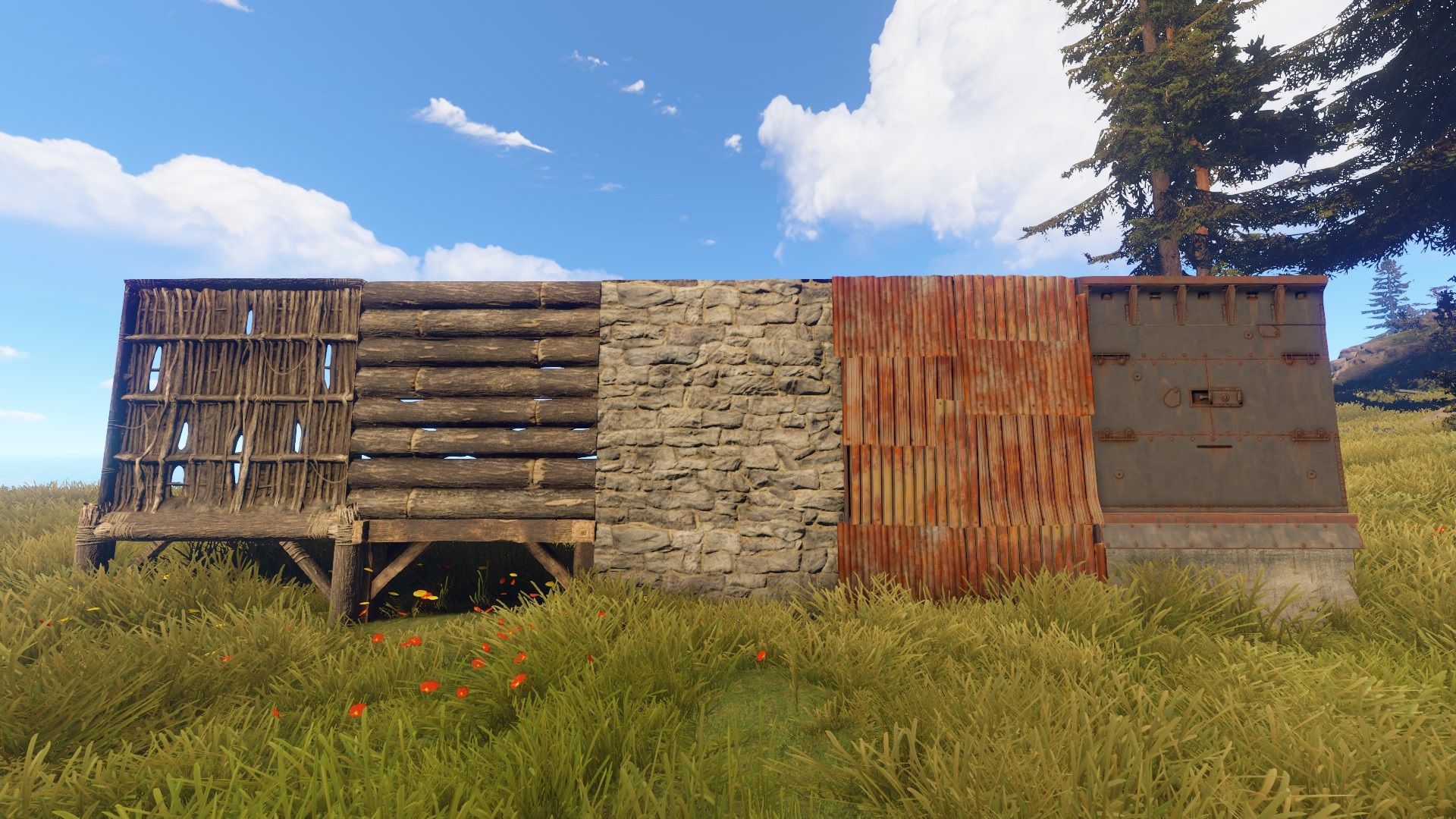
Building a base in Rust is an essential skill for any player who wants to survive in the game. The process can be quite challenging for beginners, but with the right knowledge and guidance, anyone can build a sturdy and secure base that can withstand even the toughest raids.
There are various base designs to choose from, each with its own advantages and disadvantages. Some designs are more suitable for solo players, while others are better for groups. The key to building a successful base is to choose a design that suits your playstyle and the resources you have available.
Before starting the building process, players need to gather the necessary resources and tools. This includes wood, stone, metal fragments, and a hammer. Once they have the resources, they can start building the foundation of their base. From there, they can add walls, doors, and other structures to create a secure and well-protected base.
Choosing a Location
Choosing the right location for your Rust base is crucial for your survival in the game. Here are some things to consider when selecting a location:
- Resource Availability: Look for areas with abundant resources, such as trees, rocks, and animals. This will make it easier for you to gather the materials you need to build and craft items.
- Proximity to Monuments: Monuments are key locations in Rust that offer valuable resources and loot. Building your base near a monument can be risky, but it can also provide great rewards.
- Accessibility: Consider how easy it is to access your base. You don't want to build in an area that is too difficult to reach or too far away from key locations.
- Visibility: Building in a highly visible area can make your base an easy target for raiders. Consider building in an area with natural cover, such as trees or rocks, to help conceal your base.
- Neighborhood: Check out the surrounding area before building your base. Are there already established bases nearby? Are there any aggressive players or clans in the area? Consider building in an area with friendly players or in a location that is less likely to attract attention.

Remember, there is no perfect location for a base in Rust. Each location has its advantages and disadvantages, and it ultimately comes down to personal preference and playstyle. Take your time to scout out potential locations and weigh the pros and cons before making a decision.
Gathering Resources
Gathering resources is a crucial part of building a base in Rust. Without the necessary resources, players won't be able to construct a sturdy and secure base. Here are some tips on how to gather resources efficiently:

- Start by gathering wood, stone, and metal. These are the basic resources needed to construct any base. Use a rock or hatchet to gather stone and wood, and a pickaxe to gather metal.
- Look for resource-rich areas. Certain areas of the map will have more resources than others. For example, forests are great for gathering wood, while rocky areas are good for stone and metal.
- Use a salvaged tool to gather resources faster. Salvaged tools are more efficient than basic tools, but they require more resources to craft.
- Consider joining a group. Gathering resources in a group is much faster than doing it alone.
- Be on the lookout for resource nodes. Resource nodes are large rocks or trees that yield a large amount of resources when harvested.
Once players have gathered enough resources, they can start building their base. It's important to choose a base design that fits their playstyle and the resources they have available. Stone bases are more durable but require more resources, while wooden bases are cheaper but less secure.
Overall, gathering resources is a time-consuming but necessary part of building a base in Rust. By following these tips, players can gather resources more efficiently and build a base that will withstand attacks from other players.
Building the Foundation
Building a strong foundation is crucial to the success of your Rust base. Without a solid foundation, your base will be vulnerable to attacks and may not be able to withstand the elements. Here are some tips on how to build a strong foundation:
- Choose a flat and stable location for your base. Avoid building on uneven terrain or near cliffs, as this can make your base more vulnerable to attacks.
- Start by building a hexagon with triangle foundations. This will provide a strong base for your overall structure.
- Ensure that two of the stone triangles are armored. This will provide additional protection against attacks.
- Be sure to upgrade your foundation to a stronger material using a hammer. This will make it more difficult for raiders to break through your base.
By following these tips, you can build a strong foundation for your Rust base that will help protect it from attacks and the elements.
Constructing Walls and Roof
After laying down the foundation and building the floors of your base, the next step is constructing walls and a roof to protect your loot and yourself from raiders and natural elements. In Rust, walls and roofs are crucial components of any base, and there are different types of materials and designs to choose from. Here are some tips for constructing walls and a roof in Rust:

Choose the Right Materials
Before constructing walls and a roof, you need to gather the right materials, which include wood, stone, metal fragments, and high-quality metal. The type of material you choose will determine the strength and durability of your walls and roof. For example, stone walls are more resistant to explosives than wood walls, but they are more expensive and time-consuming to build. Metal walls are the most durable, but they require a lot of resources and are vulnerable to rockets.
Design Your Walls
When designing your walls, you need to consider the orientation of your base, the location of your loot room, and the type of base you want to build. There are different designs to choose from, such as square, triangle, and hexagon, each with its own advantages and disadvantages. For example, a square base is easy to build and expand, but it is vulnerable to raiders who can easily blow up the walls. A hexagon base is more difficult to raid, but it requires more resources and planning.
Construct Your Roof
After constructing your walls, you need to build a roof to protect your base from rain, snow, and other weather conditions. There are different types of roofs to choose from, such as flat, angled, and peaked, each with its own benefits and drawbacks. For example, a flat roof is easy to build and provides a lot of space for storage and activities, but it is vulnerable to raiders who can jump on it and shoot from above. A peaked roof is more difficult to climb and raid, but it requires more resources and planning.
In conclusion, constructing walls and a roof is an essential part of building a base in Rust. You need to choose the right materials, design your walls, and construct your roof carefully to ensure the safety and security of your base. By following these tips, you can build a strong and durable base that can withstand raids and attacks from other players.
Adding Doors and Windows
Doors and windows are essential components of any Rust base. They provide access and ventilation while also serving as potential weak points for raiders. Here are some tips for adding doors and windows to your base:
- When placing doors, make sure to consider their orientation. Doors can only be opened in one direction, so it's important to think about which way you want them to swing. It's also a good idea to place doors in areas that are less likely to be targeted by raiders, such as corners or areas with less loot.
- Windows can be useful for providing ventilation and allowing you to survey the surrounding area. However, they can also be a liability if not placed correctly. Make sure to place windows in areas that are less likely to be targeted by raiders and consider using metal bars or embrasures to provide additional protection.
- Consider using different types of doors and windows for different areas of your base. For example, you may want to use armored doors for your main loot room and wooden doors for less important areas. This can help to deter raiders and make it more difficult for them to gain access to your most valuable items.
- Make sure to use code locks or key locks to secure your doors. Code locks are more secure as they can only be opened by someone who knows the correct code, while key locks can be picked or broken with enough force.
By following these tips, you can add doors and windows to your Rust base that provide both functionality and security. Remember to consider the layout of your base and the potential risks of each area when deciding where to place doors and windows.
Defending Your Base
Building a strong and secure base in Rust is only half the battle. Defending your base against raiders is equally important. Here are some tips to help keep your base safe:
- Never put all your loot in one room. Instead, divide your resources among multiple rooms and boxes.
- Set up armored windows and obstacles that make it difficult for raiders to move around inside your base.
- Consider adding multiple layers of defense, with each layer fortified on the inside.
- Build towers and other structures outside your base to provide additional protection and visibility.
- Use traps and other defensive measures to slow down or deter raiders.
- Have multiple exits from your base, including a roof exit, to give you a height advantage and more options for escape.
It's also important to stay vigilant and keep an eye out for potential raiders. Use binoculars or other tools to scout out the surrounding area and be prepared to defend your base at a moment's notice.
Remember, no base is completely impervious to raiders, but by taking these steps, you can make your base a much harder target and increase your chances of survival.
